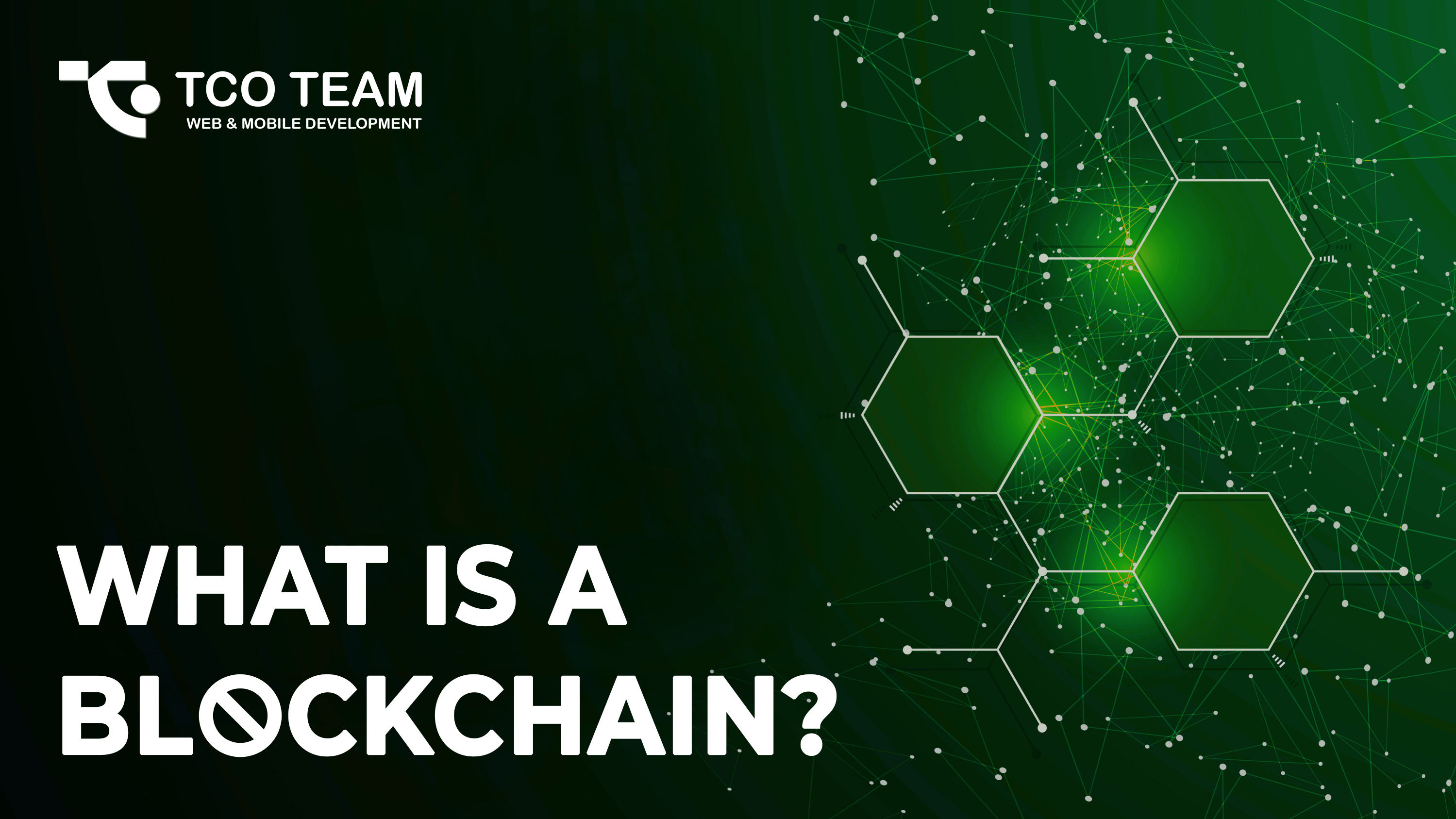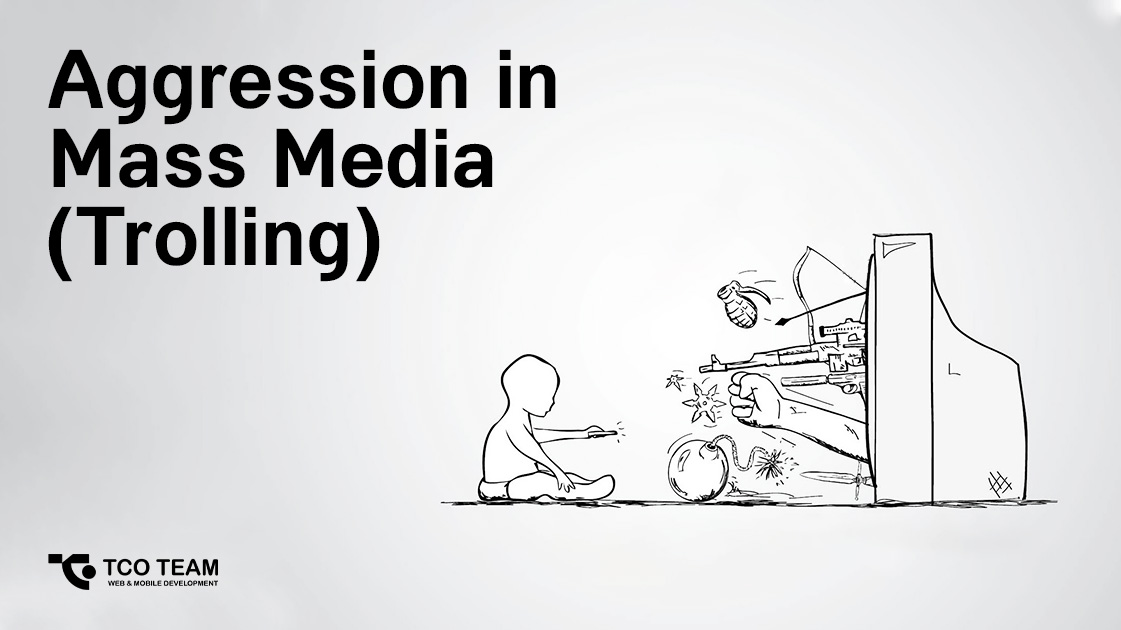What Is a Blockchain

Blockchain is a system of recording information in a way that makes it difficult or impossible to
hack, change or cheat the system. A blockchain is essentially a digital ledger of transactions that is distributes across the entire network of computer systems on the blockchain. Each block in the chain contains a number of transactions, and every time a new transaction occurs on the blockchain, a record of that transaction is added to every participant’s ledger. The decentralized database managed by multiple participants is known as Distributed Ledger Technology (DLT).
Blockchain is a type of DLT in which transactions are recorded with an immutable cryptographic signature called a hash.
Blockchain began to emerge as a real-world tech option in 2016-2017, and poised to change IT in much the same way open-source software did a quarter century go. Based on peer-to-peer topology (P2P), blockchain is a distributed ledger technology that allows data to be stored globally on thousands of servers – while letting anyone on the network see everyone else’s entries in near real time. That makes it difficult for one user to gain control of, or game, the network.
Although the mechanics of blockchain are very complex, the basic idea is simple: decentralize the storage of data so that such data cannot owned, controlled or manipulated by a central actor.
Blockchain is literally just a chain of blocks, but not in the traditional sense of those words.
Blocks on the blockchain are made up of digital pieces of information, they have three parts:
- Blocks store information about transactions like the date, time, and dollar amount of your most recent purchase from Amazon.
- Blocks store information about who is participating in transactions. A block of your splurge purchase from Amazon would record your name along with Amazon.com. Instead of using your actual name, your purchase is recorded without any identifying information using a unique “digital signature”, sort of like a username.
- Blocks store information that distinguishes them from other blocks. Much like you and I have names to distinguish us from one another, each block stores a unique code called a “hash” that allows us to tell it apart from every other block. Hashes are cryptographic codes created by special algorithms.
Each computer in the blockchain network has its own copy of the blockchain, which means that there are thousands, or in the case of Bitcoin, millions of copies of the same blockchain. Although each copy of the blockchain is identical, spreading that information across a network of computers makes the information more difficult to manipulate. With blockchain, there isn’t a single, definitive account of events that can be manipulated. Instead, a hacker would need to manipulate every copy of the blockchain on the network. This is what is meant by blockchain being a “distributed” ledger.
Now let’s talk about advantages and disadvantages of Blockchain: For all its complexity, blockchain’s potential as a decentralized form of record-keeping is almost without limit. Blockchain technology may very well see applications beyond those outlined above.
PROS
- Improved accuracy by removing human involvement in verification
- Cost reductions by eliminating third-party verification
- Decentralization makes it harder to camper with
- Transactions are secure, private and efficient
- Transparent technology
CONS
- Significant technology cost associated with mining bitcoin
- Low transactions per second
- History of use in illicit activities
- Susceptibility to being hacked
We hope you enjoy our articles. Thank you for attention.
Kind Regards,
TCO team
